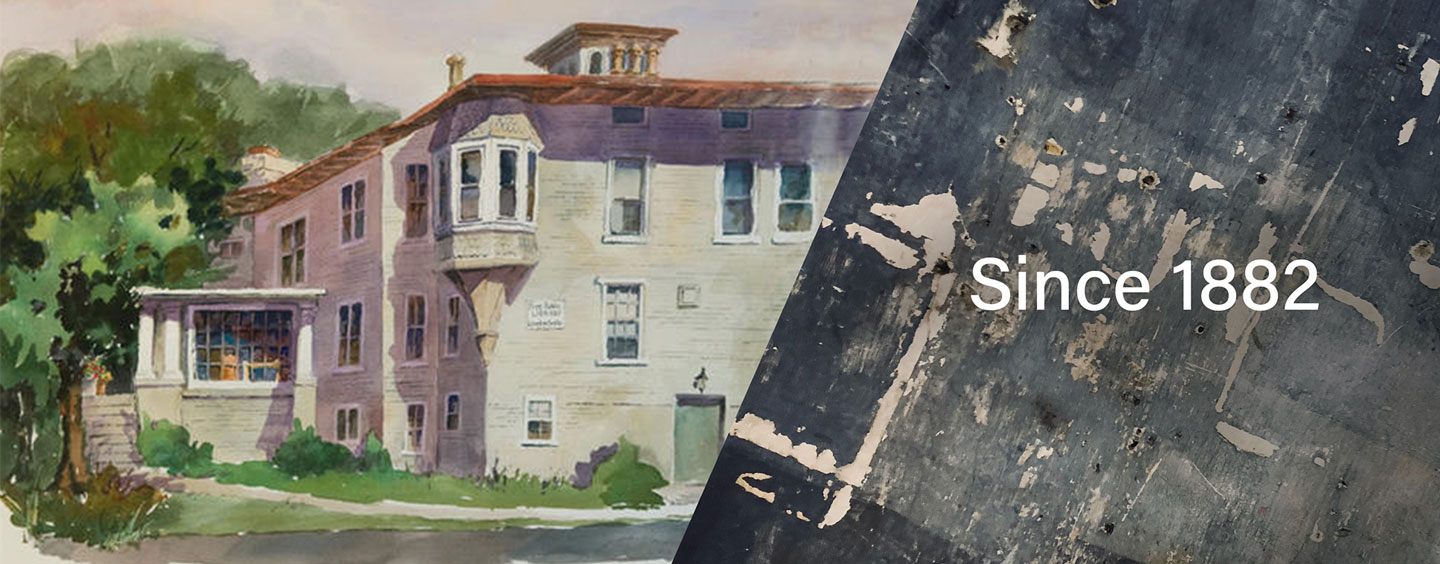
Lambertville Free Public Library
Our library is conveniently located in the heart of Lambertville, NJ and has proudly served the community since 1882. Our friendly space is the ultimate possibilities place. Patrons can check out new and classic books, bestsellers, current magazines, movies, newspapers, a selection of Spanish language titles, and see microfilms of local historical treasures.
We have a Children’s room for reading and play and feature a wide range of books for ages 0-teen, including popular bilingual (Spanish) titles to choose.
We are also home to the Michael Lewis Art Book Collection and Gallery where you can view local talent on display.

